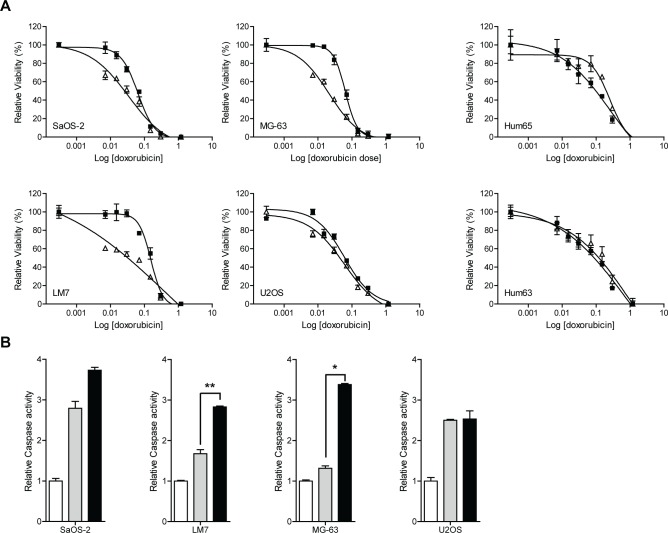Figure 3. JIP1 inhibition sensitises OS cells but not normal osteoblasts to doxorubicin-induced apoptosis.
(A) Cells were treated in triplicate with doxorubicin (closed squares) or with doxorubicin and JIP1-inhibitor BI-78D3 (open triangles) and cell viability was determined four days later. Sigmoidal dose-response curves were created and IC50 values were calculated. The sensitising effect of JIP1 inhibition to doxorubicin treatment is significant in three out of four OS cell lines, (student's t-test at IC50; U2OS, p = 0.19, n.s; SaOS-2, p < 0.05; LM7 and MG-63, p < 0.0001). Human primary osteoblasts Hum63 and Hum65 do not show sensitisation to doxorubicin treatment in the presence of the JIP1-inhibitor (student's t-test at IC50; p = 0.459 and p = 0.417 respectively). (B) Caspase activation in OS cells treated with doxorubicin (grey bars) or with doxorubicin and JIP1-inhibitor BI-78D3 (black bars). White bars represent the control condition, which was set to 1. Bars represent an experiment performed in triplicate, error bars indicate SD. After combination treatment, caspase activity is distinctly higher in SaOS2, LM7 and MG-63 compared to doxorubicin treatment alone (student's t-test; LM7: **, p < 0.01; MG-63: *, p < 0.05; SaOS2, p = 0.08). In U2OS cells, caspase activity is comparable with and without JIP1 inhibition (p = 0.48).

